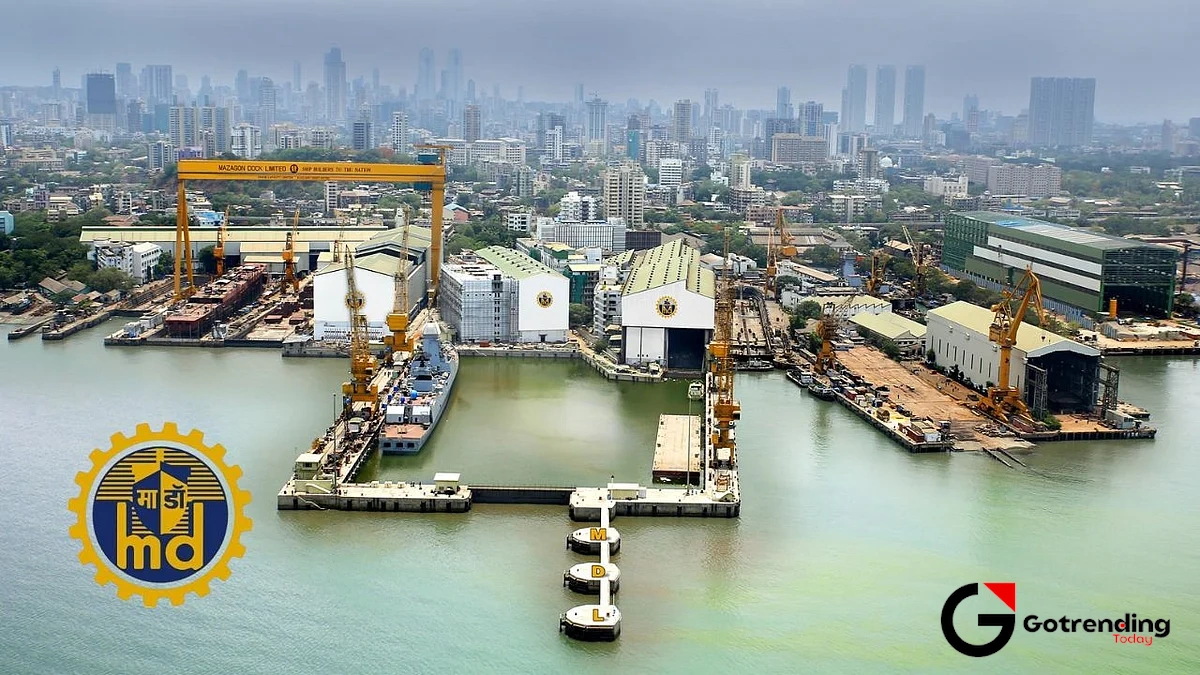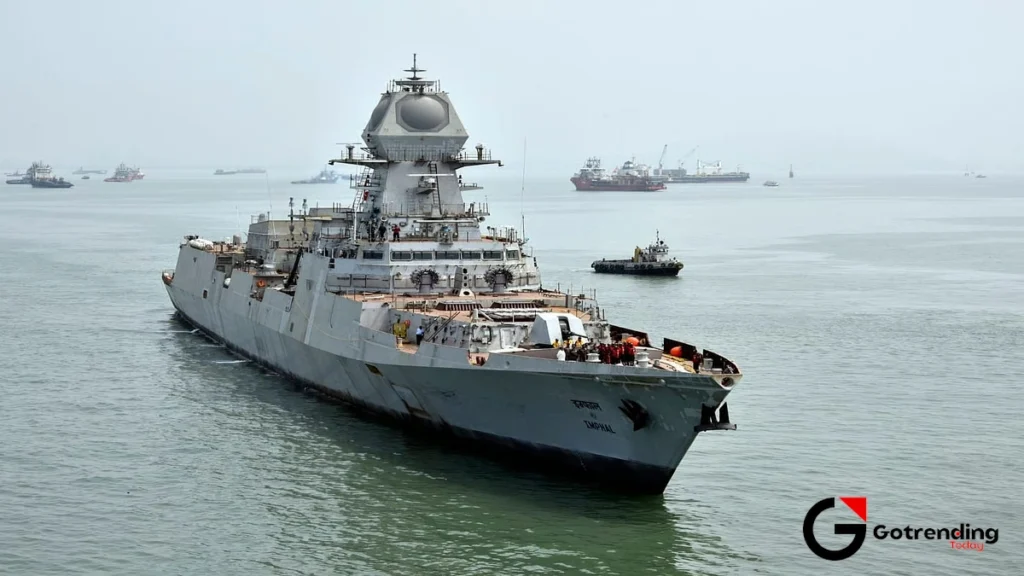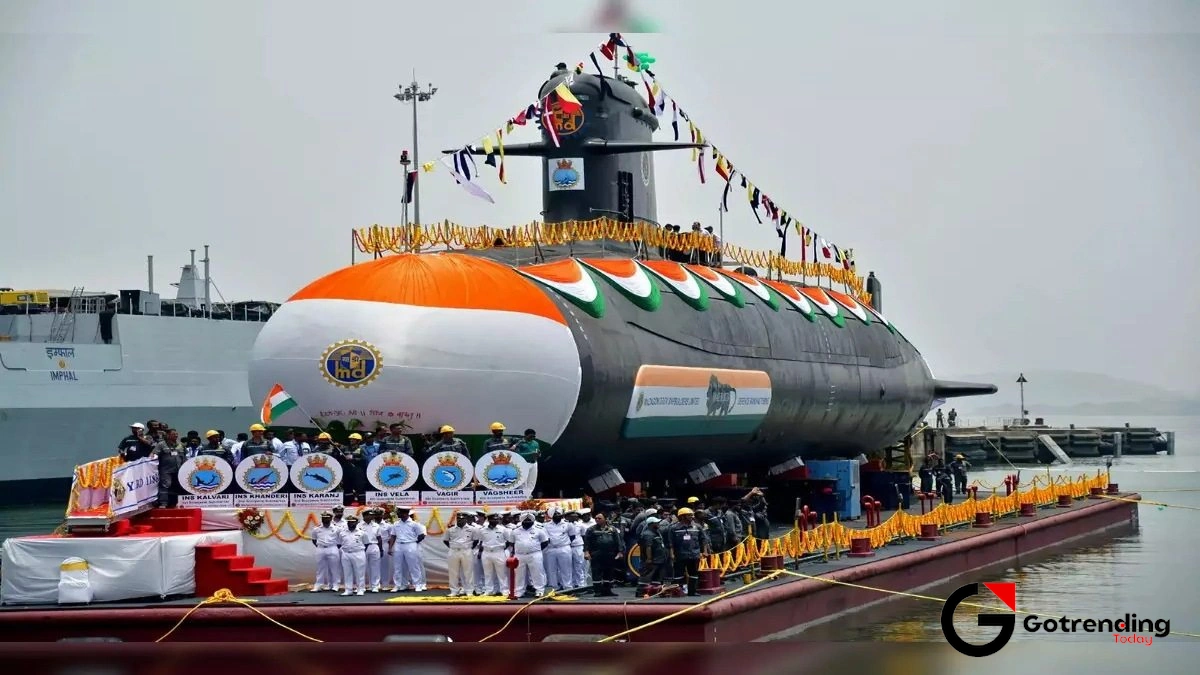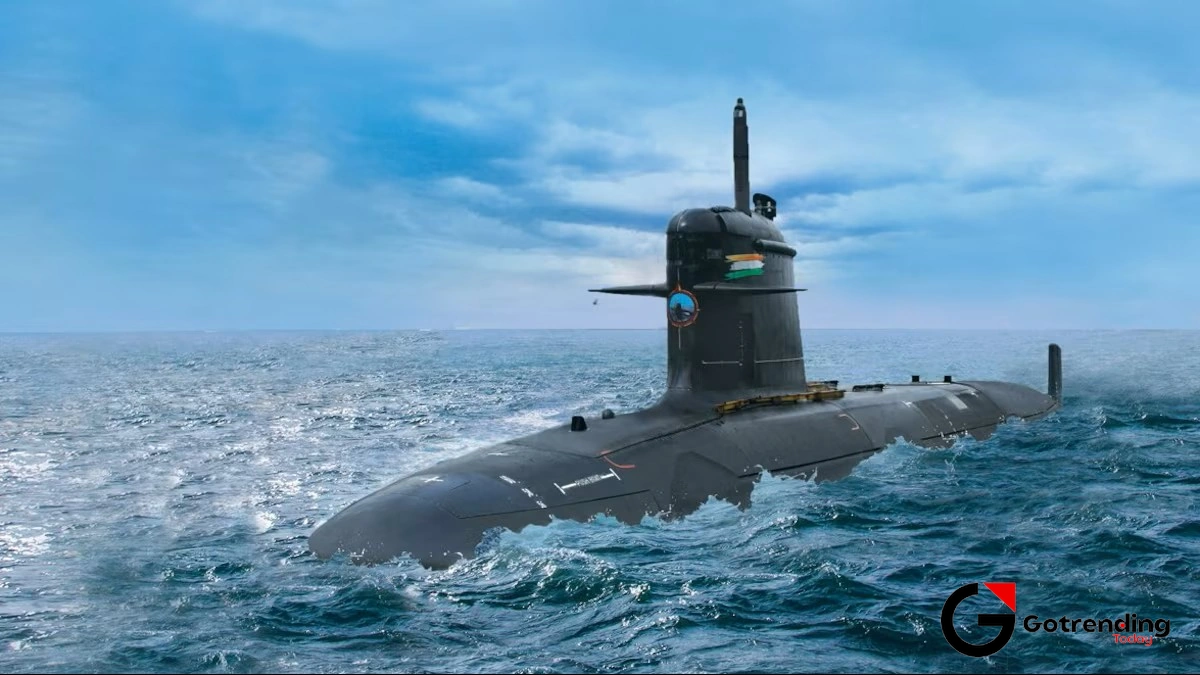The Mazagon Dock Share Price Story Isn’t About a Stock. It’s About a Ship Turning.
I remember a time, not too long ago, when you mentioned PSU stocks at a party and you’d get a polite nod. Maybe a quiet murmur about “safe dividends” or “retirement portfolios.” They were the sensible shoes of the stock market. Reliable, sturdy, but utterly boring.
And then there’s Mazagon Dock.
This company didn’t just ignore the “boring PSU” memo; it seems to have shredded it, turned it into confetti, and thrown a parade. The chart of the mazagon dock share price looks less like a stock and more like a rocket launch sequence. It has forced everyone, from seasoned analysts to new retail investors, to sit up and ask a very simple question: what on earth is going on here?
But here’s the thing. To understand this stock, you can’t just look at a chart. You have to look at the sea. You have to understand what’s happening in the shipyards, in the halls of the Defence Ministry, and in the strategic calculus of a rising India. This isn’t just a financial story. It’s a geopolitical one, playing out right on your trading screen.
The Real Engine | Why the Mazgaon Dockyard Share Price is Steaming Ahead

So, what’s the secret sauce? Is it some complex financial engineering? A speculative frenzy?
Actually, it’s something far more tangible. And a lot bigger.
It’s the Mazagon Dock order book . That’s the magic number. Think of a company’s order book as a list of confirmed future work. It’s the ultimate measure of revenue visibility. For a restaurant, it might be reservations for the next week. For Mazagon Dock, it’s a colossal list of warships, submarines, and destroyers for the Indian Navy that will take them years, sometimes over a decade, to build and deliver.
When you see headlines about the Cabinet Committee on Security greenlighting new frigates or the next batch of submarines, that translates directly into the future earnings of this company. This isn’t speculation; it’s contracted work. We’re talking about projects under the P-15B class (Visakhapatnam-class destroyers) and the Scorpene-class submarines. These are not small-ticket items; they are nation-defining assets.
And this all ties back to a massive, strategic government push. Phrases like ” Make in India ” and ” Atmanirbhar Bharat ” aren’t just slogans anymore, at least not in the defense sector. They are official policy, with budgets to match. The government has made it crystal clear that India’s defense needs will be met, as much as possible, by Indian companies. For a premier warship builder like Mazagon Dock, that’s not just a tailwind; it’s a monsoon. As this policy has solidified, the government’s commitment has become more apparent, which you can see outlined in their strategic documents on the Ministry of Defence website .
But Is It All Smooth Sailing? A Reality Check on the Hype

Okay, so the order book is massive and the government support is real. Time to mortgage the house and go all-in, right?
Not so fast.
I’ve been watching markets long enough to know that nothing goes up in a straight line forever. The rally in the mazgaon dockyard share price has been, to put it mildly, spectacular. And whenever I see a chart that looks like a vertical takeoff, my inner skeptic starts asking questions. Is this growth sustainable or is it fueled by hype? The initial buzz around some companies can be intense, reminiscent of the fervor around the Aditya Infotech IPO Hype , and it’s always wise to look under the hood.
The first thing to consider is execution. Having a giant order book is one thing; delivering on it on time and on budget is another beast entirely. Shipbuilding is an incredibly complex, capital-intensive business with long gestation periods. A single delay in the supply chain, a technical snag, or a cost overrun on a major project can have a ripple effect on financials for years.
Then there’s the valuation. When a stock runs up this fast, you have to ask if the price has gotten ahead of the future earnings. While the P/E ratio might seem justified given the growth, it’s much higher than its historical average. This means the market is pricing in a lot of good news already. The margin for error is slim. Any hiccup in performance could lead to a sharp correction. It’s a classic case of high expectations.
And let’s not forget the client. MDL’s primary client is the Government of India. This is both its greatest strength and a potential risk. A change in government policy, a budget cut in defense spending, or a shift in procurement strategy could directly impact the company’s future. It’s a dependency that can’t be ignored.
A Deeper Dive | The ‘Moat’ That Protects Mazagon Dock

After weighing the pros and cons, I keep coming back to one crucial point. The ‘moat’.
In investing, a moat is a company’s sustainable competitive advantage. It’s what protects it from competitors. For a company like Google, it’s their search algorithm and data. For Coca-Cola, it’s their brand.
For Mazagon Dock? Their moat is made of steel, filled with seawater, and guarded by the Indian Navy.
Think about it. How many companies in India can build a stealth-guided missile destroyer? Or a nuclear-capable submarine? The technical expertise, the massive infrastructure, and the decades of trust built with the nation’s defense establishment are not things a competitor can replicate overnight. Or even in a decade. This isn’t like building an app; this is building the tip of the spear for a nation’s naval power.
This unique, almost monopolistic position in a high-priority sector gives it a stability that many other companies, even other high-flying stocks, lack. We’ve seen other unique market players, like how the IEX Share Price was driven by its position as an energy exchange, but the strategic national importance of Mazagon Dock is on another level entirely. This long-term, strategic indispensability is what I find most compelling, far beyond the daily fluctuations of the MDL share price target .
So, when you analyze MDL, you’re not just analyzing a company. You’re analyzing a strategic national asset. And that changes the perspective completely.
Your Questions, Answered
I get a lot of questions about this stock. It’s a hot topic. So let’s tackle a few of the most common ones I hear.
So, is it too late to invest in Mazagon Dock shares?
That’s the million-dollar question, isn’t it? The honest answer is: it depends entirely on your time horizon. If you’re looking for a quick 20-30% pop in a few months, you might be disappointed. The stock has already run up significantly. But if you believe in the long-term story of India’s defense modernization and are willing to hold for 5-10 years, the picture looks very different. The current price might just be one point in a much longer upward journey. It’s about investing in a theme, not just chasing momentum.
What’s the biggest risk that most people overlook?
I think it’s the human element. We talk about order books and government policy, but building these complex vessels requires an incredibly skilled workforce, from welders to engineers. A shortage of skilled labor or any labor-related disruptions could be a major bottleneck. It’s a less-discussed but very real operational risk for a company so dependent on specialized, hands-on work.
How is Mazagon Dock different from other Defence stocks India?
While companies like Hindustan Aeronautics (HAL) are focused on aerospace and Bharat Electronics (BEL) on avionics and radar systems, Mazagon Dock is a pure-play naval force. It is one of the very few dedicated, large-scale shipbuilders for the Indian Navy. Its fortunes are tied directly to naval expansion and modernization, making it a very specific bet on India’s maritime strategy, unlike its more diversified peers in the defense sector.
Does the government’s dividend policy for PSUs affect the mazagon dock share price?
Absolutely. As a PSU, Mazagon Dock is expected to pay a consistent dividend to the government (its majority shareholder). This can be a good thing for investors, providing a steady income stream. However, it also means a significant portion of profits is paid out rather than being reinvested for future growth. It’s a trade-off: stability and income versus aggressive reinvestment. For many long-term PSU investors, this dividend yield is a key part of the stock’s appeal.
This isn’t just about a stock ticker anymore. Watching the mazagon dock share price has become a proxy for watching India’s ambition take physical form. Every new order, every ship launched, is a tangible piece of the ‘Atmanirbhar Bharat’ story.
The stock may be volatile, the journey might be choppy, and there are certainly risks on the horizon. But the underlying current the strategic shift of a nation building its own defenses is powerful and undeniable. The ship, it seems, has truly turned. And it’s heading for deep waters.













